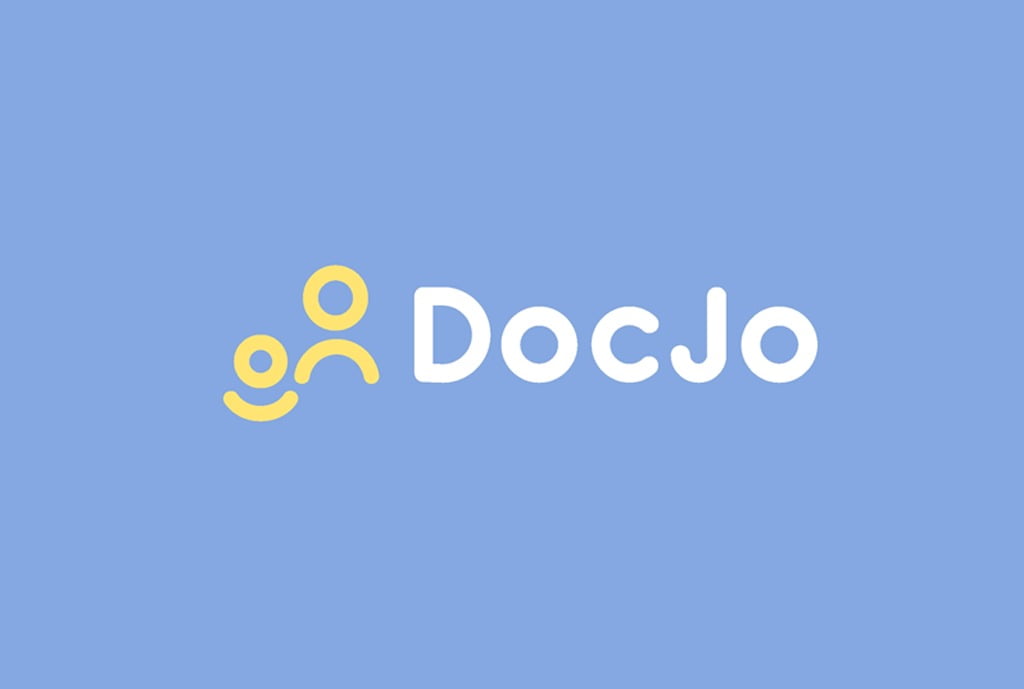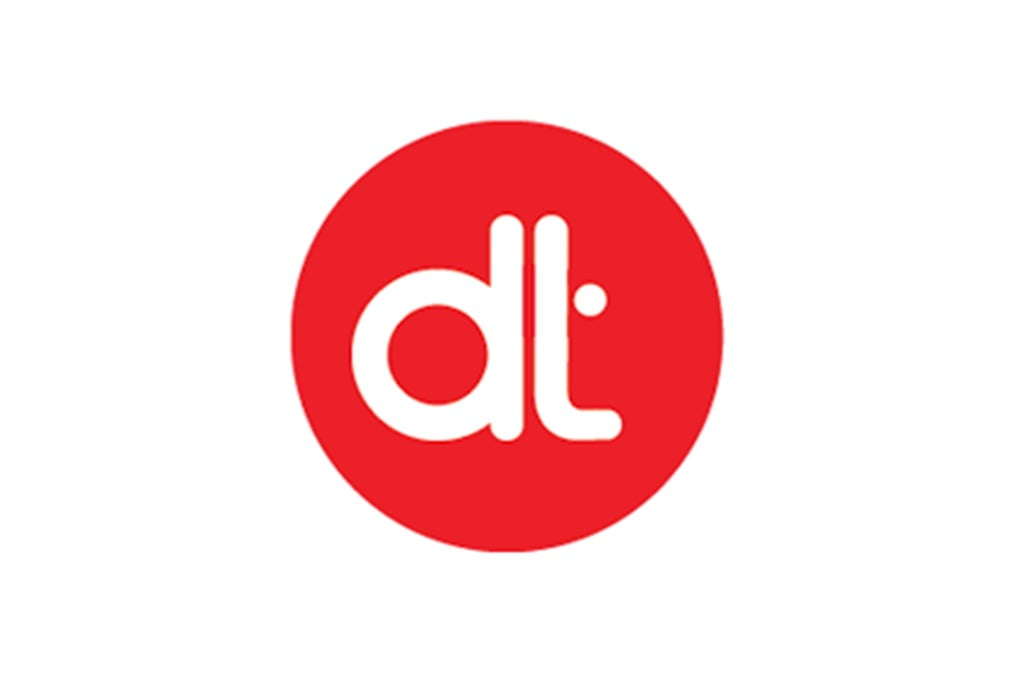
As the saying goes, “Teamwork makes the dream work,” and in today’s fast-paced business world, effective collaboration is more important than ever. With the rise of remote work and dispersed teams, collaboration tools have become a crucial part of modern business operations.
And let’s face it, traditional methods can be a real snooze fest. Endless back-and-forth emails, tedious meetings that never seem to end, and the inevitable miscommunications that come with it all. It’s enough to make you want to crawl under your desk and take a nap.
Fortunately, these collaboration tools are like the superheroes of the business world, providing a wide range of features to help teams communicate, coordinate, and collaborate more effectively. With real-time messaging, video conferencing, document sharing, and project management tools all in one place, collaboration tools make teamwork a breeze.
You may be wondering if collaboration tools are only suitable for tech companies and startups. The answer is a resounding no! Collaboration tools are for any team or business looking to streamline their workflow and achieve their goals more efficiently. Think of them as a Swiss Army knife for teamwork, equipped with everything you need to get the job done.
In this blog post, we’ll explore the top 5 benefits of using collaboration tools for teams and businesses. From improved communication to increased productivity and streamlined workflows, collaboration tools have so much to offer.
But we won’t just stop at the benefits – we’ll also provide practical tips and recommendations for how to choose the right collaboration tools for your team or business. So, if you’re ready to take your teamwork to the next level, let’s dive in!
1. Increased Productivity
Collaboration tools are a game-changer when it comes to boosting productivity. They offer a seamless and efficient way for team members to communicate, exchange information, and work together on projects. By reducing the need for endless email chains and meetings, collaboration tools can help teams concentrate on what truly matters: the work at hand. A study by McKinsey Global Institute has shown that using these tools can increase productivity by up to 25%, which is a significant improvement.
Furthermore, who wouldn’t appreciate being more productive? By utilizing collaboration tools, teams can accomplish more in less time, freeing up precious hours for other critical responsibilities. Moreover, these tools make it simpler to stay organized, monitor progress, and work together in real time. It’s a win-win situation for everyone involved!

2. Enhanced Communication
Collaboration tools have become an indispensable resource for teams working in different locations or time zones. With remote work becoming increasingly common in today’s business landscape, it’s essential to have effective communication tools that enable team members to stay connected and collaborate seamlessly.
A recent survey by Slack found that 87% of remote workers feel more connected to their team when using collaboration tools. This sense of connection helps remote workers feel like they are part of a team and reduces feelings of isolation, leading to higher levels of engagement and productivity.
These tools provide a virtual space where team members can share information, documents, and ideas, and communicate in real-time, without being bogged down by endless email chains and phone calls. Additionally, the ability to work asynchronously means that team members can contribute and collaborate at their own pace, regardless of their location.
And let’s not forget the benefits of having a virtual office – with collaboration tools, remote workers can stay connected and engaged while enjoying the flexibility of working from their preferred location, which can lead to higher job satisfaction and retention rates.
3. Boost Overall Efficiency
We’ve all been there. Sitting through endless meetings, wondering if we’re actually getting anything done. Did you know that middle managers spend up to 35% of their time in meetings? And that number jumps to a whopping 50% for upper management? Not to mention, unproductive meetings cost US businesses $37 billion annually. That’s a lot of wasted time and money. But worry not, there’s a solution that doesn’t involve more meetings: collaboration software.
With online collaboration tools, there’s no need to schedule meetings to review workflows or documents. And, the best part is that last-minute changes won’t come as a surprise during the meeting because everyone involved will have already reviewed the document in real time. It’s efficient and convenient, saving time and frustration.
These tools also provide project management features that allow teams to track progress, set deadlines, and assign tasks. This makes it easier for team members to stay on top of their work and ensures that everyone is working towards the same goals. According to a survey by Wrike, 94% of companies reported improved project management after implementing collaboration tools.
So, next time you’re about to schedule a meeting to discuss a document, think again. Collaboration tools offer a more efficient and streamlined approach to project management and document sharing.
4. Easy Access to Documents
In today’s fast-paced world, time is of the essence, and teams need to access information quickly and easily. Luckily, collaboration tools provide a solution that’s both efficient and effective. With a centralized location for all files and documents, team members can access and share information no matter where they are.
According to a survey conducted by Forrester Research, a whopping 71% of workers agree that collaboration tools make it easier to find what they need when they need it. No more digging through stacks of files or getting lost in the depths of email inboxes!
But it’s not just about finding information. Collaboration tools also foster teamwork and communication. Whether it’s a quick chat, a comment on a document, or a full-on brainstorming session, team members can work together seamlessly, all in one place. And with cloud storage solutions integrated into most collaboration tools, you can rest assured that your important files are safe and sound.
5. Greater Flexibility and Innovation
Flexibility and Innovation are two essential benefits that collaboration tools bring to modern work environments. As work continues to evolve, team members need more flexibility to work from anywhere and at any time. Collaboration tools allow just that, by providing a centralized platform for team members to access and share information, regardless of their location or time zone.
This increased flexibility has a direct impact on work-life balance and employee satisfaction. A study by Owl Labs found that remote workers are 24% more likely to feel happy and productive in their roles compared to on-site workers. The flexibility that collaboration tools provide allows team members to work from home or on the go, making their work environment more comfortable and enjoyable.
Moreover, collaboration tools promote creative thinking and innovation by facilitating idea-sharing and brainstorming. By bringing together different perspectives and skill sets, teams can come up with more innovative solutions to problems. According to a study by Deloitte, companies that promote collaborative working are 5 times more likely to be high-performing than those that don’t.

Tips For Choosing The Right Collaboration Tool
The right collaboration tool can streamline your workflow, improve communication, and boost productivity. In the midst of all these options, how do you decide which is the best for your team? That’s why we’ve put together some expert tips to help you select the perfect collaboration tool for your team’s needs.
Define your goals: Before choosing a collaboration tool, identify what you hope to achieve. Are you looking to streamline communication? Improve project management? Enhance file-sharing capabilities? Understanding your goals will help you select a tool that aligns with your needs.
Consider your team’s preferences: Consider your team’s work style and preferences. Do they prefer real-time chat, video conferencing, or email communication? Do they need a tool with mobile capabilities? Choose a tool that fits with how your team likes to work.
Check for integrations: Your team may already be using other tools like project management software or cloud storage solutions. Look for a collaboration tool that integrates with these existing tools to avoid duplicating efforts and to streamline workflows.
Evaluate security features: With sensitive information being shared among team members, security is a critical factor to consider. Make sure the collaboration tool you choose has adequate security measures, such as encryption and two-factor authentication.
Test before committing: Before committing to a collaboration tool, test it out with a small team or on a trial basis. This will allow you to see if the tool meets your needs and is user-friendly for your team.
Conclusion
In conclusion, the benefits of using collaboration tools for teams and businesses are undeniable. From increased productivity and flexibility to improved communication and innovation, these tools have become a crucial aspect of modern work environments. So why not take advantage of them and unleash the power of collaboration?
As the great philosopher Aristotle once said, “The whole is greater than the sum of its parts.” And with collaboration tools, your team can work together seamlessly and achieve greater success than any individual could on their own. So, whether you’re a startup or a Fortune 500 company, it’s time to embrace the power of collaboration tools and take your team to new heights.









